AgTalk | Branded websites to become a huge thing: Maxus' Nick Vale
A passionate practitioner of Communications Planning he is currently focused to building future-facing planning approaches that balance the complexities of data with the magic of simple business driving ideas across Maxus agencies and clients. We are talking about Nick Vale, Global Planning Director, Maxus who leads the planning product in the company.
He was a broadcast journalist until the energy of the advertising industry whirled him into to become a part of it. He started as a TV buyer and has done media agency work. Before arriving at Maxus Nick spent 6 years with MEC as Planning Partner leading their Global Solutions Planning division and delivering consultancy projects worldwide. He has also worked at Starcom (leading Levi’s and Nintendo in Europe) and Zenith Optimedia in US and UK account director roles (Bacardi, PBS, Dreyfus, HP, British Airways, Yahoo and a raft of other brands).
The man has numerous awards to his credit which includes Cannes, Mediaweek, Campaign and M&M Europe. He regularly speaks at industry events and conferences and has contributed to several books on Comms Planning.
Adgully caught up with Nick Vale to understand his plans and ideas for India. Edited excerpts.
Adgully (AG): Share with us the details of your presentation in Goafest and elaborate upon your big idea and the long one and how the thought for this idea did came about?
Nick Vale (NV): The long idea comes from the number sources and part of it is about how the world is moving. So if we look at the way marketing is changing with time, then we kind of move into a period where some gets the specific market share. The key thing in the tip to make the right decision is that though a customer today enjoys the choice between opting for one product or another he no longer has that at the top of his mind, and this is based on the ability of the people to sift information and get an in depth information on the brand and the product details that they are offering.
So, networking is the key thing in building up a relationship with the customer. And that is what happens when a customer goes shopping, for he stands there and tries to identify with the brand and products as he asks the question to himself which is the product for me. And building this relationship takes time, and once this is built you need to ensure that he becomes a part of your journey and you need to try and get a deeper understanding of that person. And this idea of a long idea is a great one as it allows you to evolve with your consumer. So these great ideas are designed to create that depth of relationship with the customer instead of concentrating on an idea that just wastes your time and energy.
Another important reason according to me to follow this mode of idea is because big ideas are so elusive. My experience says that the big ideas are not big ideas at all and they only work outside the purview of the 30 second narrative and it’s very hard to do something with that for different channels. I think since these ideas are so hard to find we must utilize them as it is much easier and challengeable to deliver because the big ideas tend to be quite few and there are few words. So the long idea is one that is very tangible and it can deliver. So long idea is something that media properties used to be long back. It is like a single charge medium. So long idea would have a platform which exists in media. So, for instance my big facebook page, I would spend a lot of quality communication on that medium. It means that you are always there and you will always be true to your customer you are growing with. It does not mean you do not have big ideas and they cannot be used but what long idea helps in doing is that establish your presence and communicate that you are always there and able to understand your customers in any situation
AG: What would you advise to the Indian marketers to use, the long idea or the big idea?
NV: It depends on the brand. They are all chasing news ideas and there aren’t many of them.
AG: Are these ideas specific to categories and sectors?
NV: I don’t think so. It is easier for me personally but people do tend to relate to big ideas here because they have slightly different mindset. I personally relate to long ideas because it is slightly easy for me because long ideas are media backed and to get it right it acquires that depth of relationship. This however requires investment. There are very powerful things for media guys to deliver. And we have those powerful relationships. It goes for a slightly different trade model. Here you deal for a long term presence. This is very interesting from the trading perspective. Another thing that is very interesting is that you are creating a space according to the people as opposed to the space that destroys people’s image.
AG: What is your take on the creative output created by India? How do you think the creative and the media can come together in India to come up with a big idea?
NV: The bottom line is that you need three things, an interesting idea that translates the brand into any given situation; you need a strategy that how you are going to market the brand to ensure that it will sell its products. My observation is that the third thing required is an interesting mix of brands because it is half creative and half strategic. And increasingly it is also about contacts created around by the PR agency. And you can only get that right if you have those brands working together to do it. Most of the times what happens is that the advertising agencies tend to create and the media agencies experience the consumer’s experience through the channels of communication. And the clients have a marketing strategy to understand their businesses and if you don’t get these three working together then you end up with solutions that only do a little bit of that job. The great challenge is to integrate it into the frame.
The reality is that everybody talks about inflation, the client walks out of that situation and the agency is then on the fence. In those instances the agencies turn to be one agency dominated and it becomes an obsession. For us it really works nicely together. The agency doesn’t get the sense of the client. There is no client involvement and in the creation it lacks in the strategic marketing arena. 80% of the work doesn’t end up happening so only 20% of work ends up having done. So it’s a huge waste that 80% of the work you have created is wrong. And so the great challenge is to get the client to step up, get them into the room and deal with the management politics, (you have this when you have different companies working together). Also you have this deep strategic marketing and deep brand understanding and when that works out it is something quite magical as everything starts working. And then 80% of your works starts to get done and things become much more official.
AG: What is your advice to the advertising, marketing and media agencies in India if they are to come together for one platform?
NV: Encourage your clients to create an area between the clients and the agencies. Encourage your clients to step into dealing with you because ultimately we are all here for the same thing that is to create fantastic work. That is why people get into marketing, to create great work. It is just about allowing each other to do that
AG: How do new media make your work difficult in terms of getting all three together and putting it as before the client?
NV: I think it is understanding which holds the key and one of you knows the client is a master. The other master is the consumer. But you have got to understand that each of you is equally important because you let your client down if you can’t conceive the work that is given. So the great challenge is to ensure that you are balancing those two things properly. And what tends to happen sometimes in our business is that the agencies get stereotyped and they forget to include the reality of the people when they are buying stuff. So that’s an interesting area. Once you understand that the whole piece of integration becomes much much easier. And also what you are looking for is a series of strategies to align yourself with the business problem. And if you understand what they are, what the strategies need to be to answer the business needs then conceiving things is easier. I think the media is full of that today.
AG: What is the best approach the integrated or the holistic approach?
NV: It depends actually on what you are doing. If you are creating a strategy then you need to do your home work together, and create the big idea or long idea and then fill that up. But the most strategic thing that needs to be done is with the experts in the room with their sleeves rolled up, get them involved at helping. Once you reach the point of delivering it and getting things done then you need to work in en-silos and you need people who are really good at that.
So it’s a challenge to know when to bring people together and when to let them go off and do the right thing. The bottom line is that you have to do the work and so you don’t need to have people who are specialist but you have got to create a workplace where people are allowed to come together and work and also they can go back and work in their own cubicle at the end of the day too.
AG: Do you think in the entire communication process the media agency and the creative agency have an equal role to play or it is the planning agency which has a bigger role to play?
NV: Communication always has two ingredients. It has a message and it has a media so it was quite clear in the early days that media had a message, so the media agency holds the space and the creative agency broke the message and depending upon the type of client you work were one or those was more important. So if you have a client who is selling furniture every week and if you had a big furniture warehouse then media was more important. If they would have been a big brand the consumer would feel good about it and then the creative agency would have less of work but they would have to make the message very very clear and both of them were very important.
What happened about five years ago was that the communication suddenly started to have a third ingredient that is technology. So now we live in a world where communication is made up of three things media, message and technology. Technology is the spoiler, as no longer it is clear as to what media is and what is the message. So the whole area has become greyer and the grey area is becoming more interesting and more important. And everyone thinks that they have a right to exist. I think at the end it boils down to individual talent. If I would be a client I would be interested in getting the best people to work for me. It’s not the question of what is profitable or not here.
The planning process has changed and affected everyone. It’s symbiotic and the two comes together with technology. Technology makes them even more interlinked then it was before and that is when it is required for agencies to play cops, to come out and respect the value of individual talent present in their companies which brings things to the table.
AG: What is then a cause of worry to you today in terms of the workspace today?
NV: I think it is about the so low time that we get to buy that truce that we forget that why we are here and that is what fundamentals of communication is all about. It is about bravery, an idea, entertaining people and making the offered thing useful. This applies for all the media as well as the creative agency. And it just scares me that there are certain types of clients who find it very attractive and the challenge for us is to show them the bigger picture.
We need to follow certain things to ensure that, create our own data by doing things differently. The challenge is that when you say this you need to do it and you have said this in advance and the date constantly seems to be pushing you. But the thing is we can’t create new data and that comes the challenging part because you just can’t go on and say that the data is great and we can create new stuff by being creative, imaginative, interesting and entertaining.
AG: Does economic slowdown put you in a bleak situation?
NV: No, I think if I look back the times of the economic slump I can see some great work that has been done. SO I don’t think we can actually say that economic slowdown brings in less of work. The reality of the economic situation is that the work needs become more challenging if you have less money. For me it’s a good challenge to have.
AG: Any key changes to be seen in this space in the future?
NV: The trend that is seen to climb is the idea of making it big on the branded websites. I think in the time to come it will become a huge thing. It’s interesting because it throws the paid and earn model. What is happening is everyone is asking for creating a page on the website and that will become a tool to operate and earn. People are interested in this medium and so we need to reinvent that. So it comes into the long idea format, you give people what they want to be.
AG: What is your advice to the media professionals?
NV: Do interesting things. I By Rabab Rupawala [rabab(at)adgully.com]






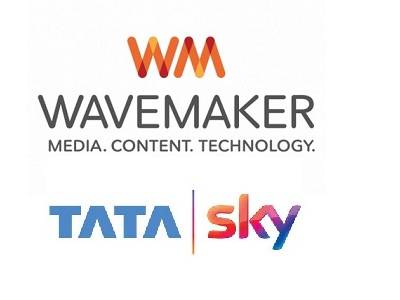

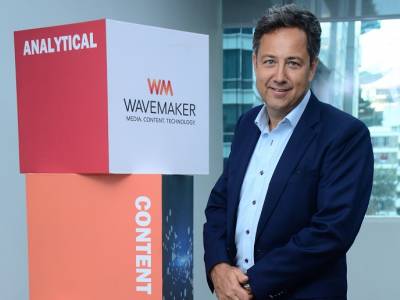
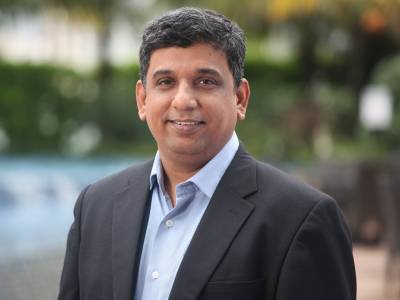
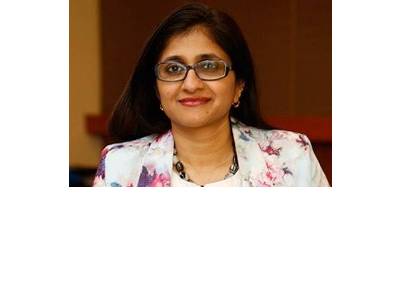


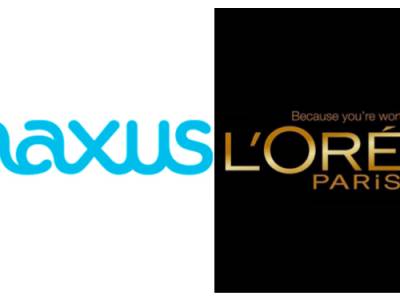
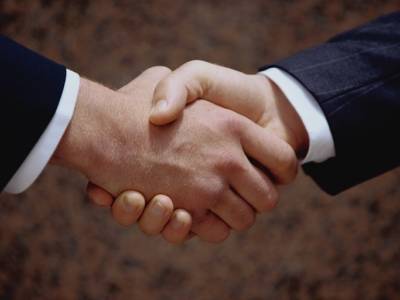

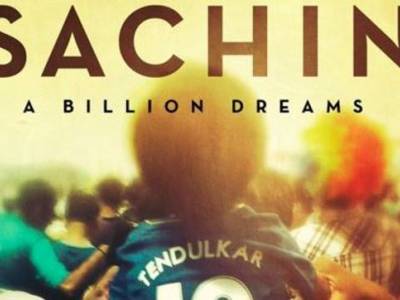
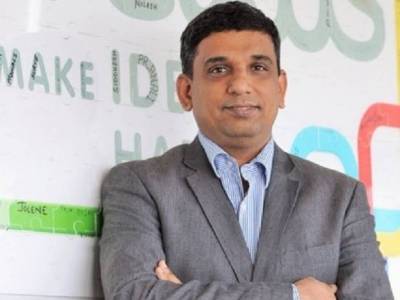



Share
Facebook
YouTube
Tweet
Twitter
LinkedIn